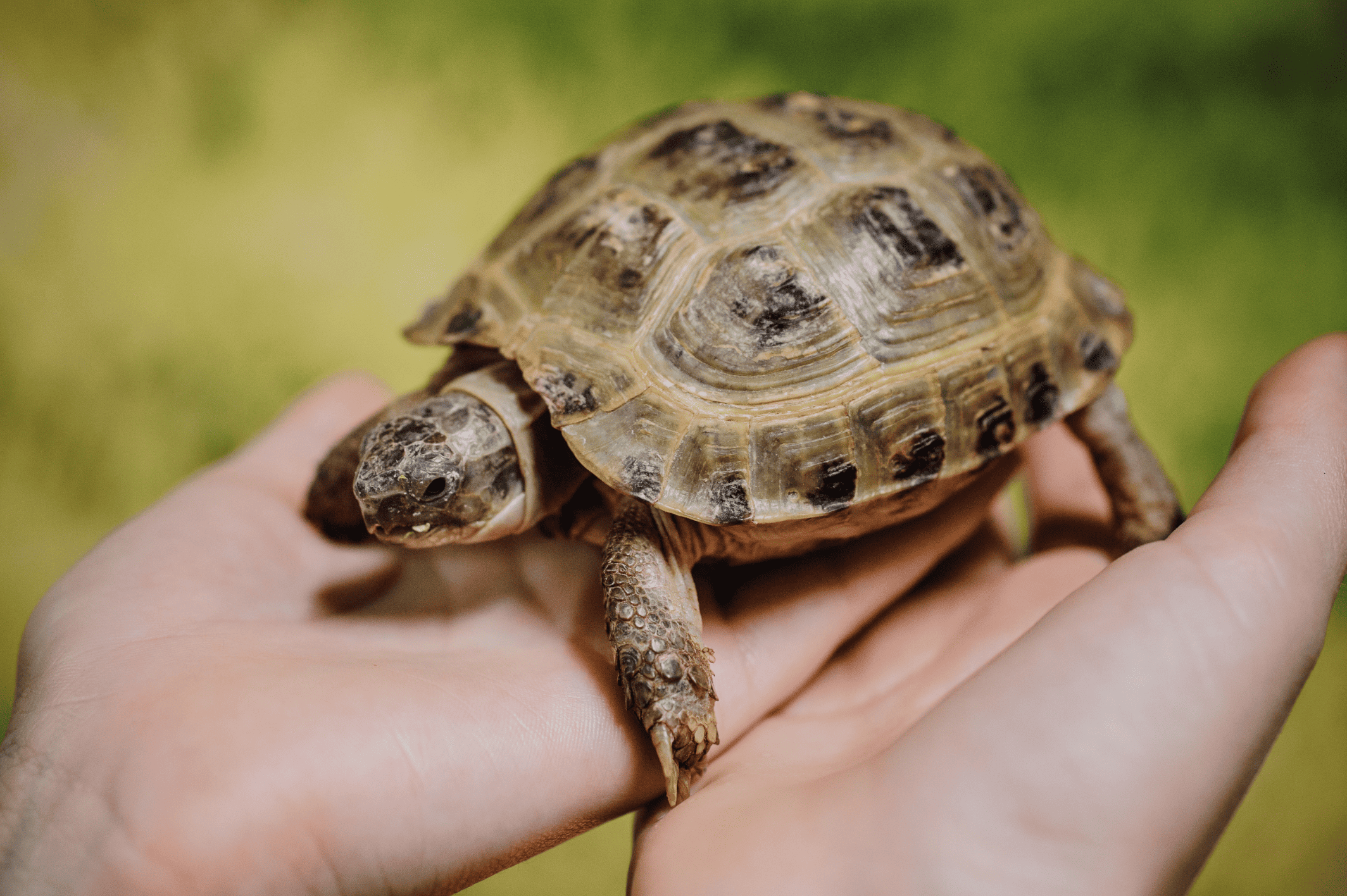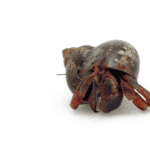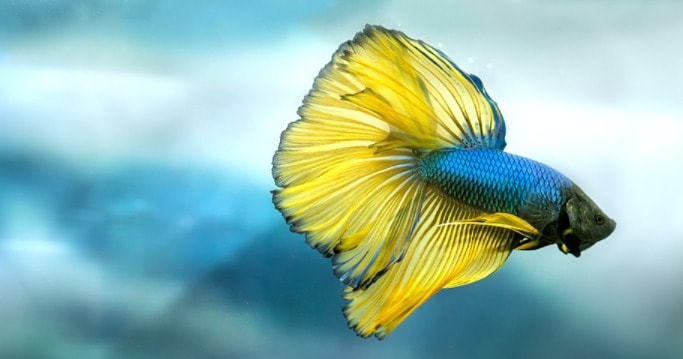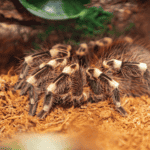Introduction
Turtles are often seen as cute and low-maintenance pets. However, they can also carry salmonella bacteria, posing a risk to human health. In this article, we’ll discuss the link between turtles and salmonella, the associated risks, and how to minimize them.
Turtles as Salmonella Carriers
Why Turtles Carry Salmonella
- Turtles naturally carry salmonella bacteria in their intestinal tracts.
- The bacteria can be transferred to their environment, such as water, surfaces, and tank accessories.
Shedding of Salmonella Bacteria
- Turtles intermittently shed salmonella in their feces.
- The bacteria can survive for extended periods in the environment.
How Humans Can Contract Salmonella from Turtles
Direct Contact
- Touching turtles or their feces, then touching your mouth or face.
- Kissing or cuddling with turtles.
Indirect Contact
- Touching contaminated surfaces, such as turtle tanks or accessories.
- Handling contaminated water from turtle habitats.
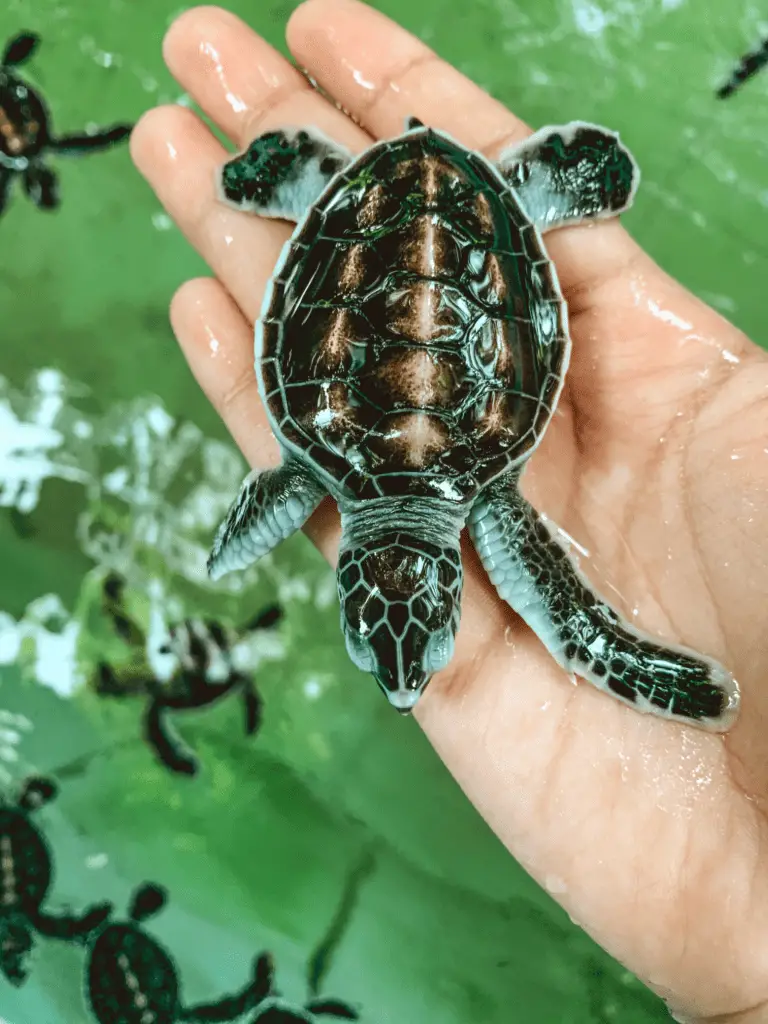
Health Risks of Salmonella Infection
Symptoms
- Diarrhea
- Fever
- Abdominal cramps
Complications
- Severe dehydration
- Invasive infections in organs
- Reactive arthritis
Higher Risk Groups
- Young children
- Elderly people
- Pregnant women
- Individuals with weakened immune systems
Risks Associated with Tiny Turtles
CDC Recommendations
- The CDC advises against acquiring turtles with a shell length of less than 4 inches.
- This recommendation is due to the higher risk of salmonella infection associated with small turtles.
Reasons for Higher Risk
- Small turtles are more likely to be handled, increasing the chance of direct contact with salmonella bacteria.
- Children are more attracted to tiny turtles and are at a higher risk of infection due to their developing immune systems and tendency to put their hands in their mouths.
- The popularity of small turtles as impulse buys, party favors, or carnival prizes can lead to inexperienced or uninformed turtle owners who may not follow proper hygiene and care practices.
Consequences
- Increased risk of salmonella infection for those handling small turtles or coming into contact with their environments.
- Possible ban or restrictions on the sale of turtles with a shell length of less than 4 inches.
By understanding the risks associated with tiny turtles and adhering to the CDC’s recommendation, you can further reduce the chance of salmonella infection and promote responsible turtle ownership.
Are There Any Other Types of Health Risks Associated with Pet Turtles?
While salmonella infection is the primary health concern when it comes to pet turtles, there are other potential risks to be aware of:
Skin and Soft Tissue Infections
- Turtles can carry bacteria such as Aeromonas and Pseudomonas, which can cause skin and soft tissue infections in humans.
- Infections can occur through open wounds or cuts that come into contact with contaminated water or turtle habitats.
Allergic Reactions
- Some individuals may develop allergies to turtles or their environment, such as bedding or food.
- Symptoms can include sneezing, itching, or skin rashes.
Zoonotic Diseases
- Turtles can carry other zoonotic diseases, which are infections that can be transmitted between animals and humans.
- Examples include botulism, campylobacteriosis, and leptospirosis.
To minimize these risks, maintain proper hygiene and care practices, and be vigilant about any changes in your health or the health of those around you. Consult a healthcare professional if you suspect any health issues related to your pet turtle.
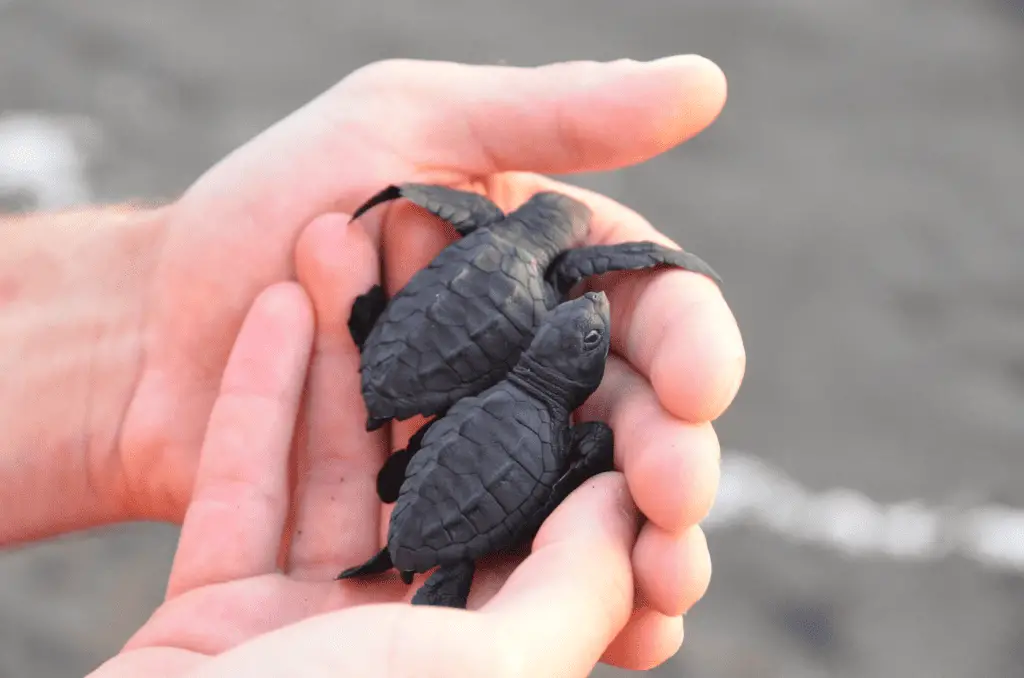
Reducing the Risk of Salmonella Infection
Proper Hand Hygiene
- Wash hands with soap and water for at least 20 seconds after handling turtles or their habitats.
- Use hand sanitizer if soap and water are unavailable.
Safe Handling Practices
- Avoid touching your face or mouth when handling turtles.
- Do not allow turtles to roam freely in areas where food is prepared or consumed.
- Keep turtles away from young children, pregnant women, and immunocompromised individuals.
Regular Cleaning and Maintenance
- Clean turtle habitats and accessories regularly, using proper disinfectants.
- Dispose of waste and contaminated water properly.
Responsible Turtle Ownership
Owning a pet turtle requires a long-term commitment to their care and well-being. As a responsible turtle owner, it is essential to understand the ethical and ecological aspects of turtle ownership. Here are some key points to consider:
Breeding and Adoption
- Opt for reputable breeders or adoption centers when acquiring a pet turtle.
- Avoid supporting the illegal pet trade, which can contribute to the decline of wild turtle populations and promote inhumane practices.
Environmental Impact
- Be aware of the potential environmental impact of owning a turtle, particularly if it is an invasive species in your region.
- Understand local regulations and guidelines regarding turtle ownership.
Rehoming Your Pet Turtle
If you find yourself unable or unwilling to care for your pet turtle any longer, it is crucial to consider responsible options for rehoming:
- Reach out to friends or family members who are knowledgeable about turtle care and are willing to adopt your pet.
- Contact local pet stores, reptile rescues, or animal shelters to inquire about their turtle rehoming programs.
- Join online forums or social media groups dedicated to turtle enthusiasts, where you may find potential adopters.
Never Release a Pet Turtle into the Wild
- Releasing a pet turtle into the wild can have devastating consequences for native ecosystems.
- Pet turtles may not have the skills to survive in the wild or may introduce diseases to wild populations.
- Invasive turtle species can outcompete native species for resources, leading to a decline in biodiversity.
By practicing responsible turtle ownership, you can ensure the well-being of your pet, minimize the potential impact on the environment, and contribute to the conservation of turtle species.
Conclusion
Turtles are charming pets, but they can also be carriers of salmonella bacteria. By understanding the risks and taking appropriate precautions, you can minimize the chance of salmonella infection and enjoy the company of your turtle without compromising your health.
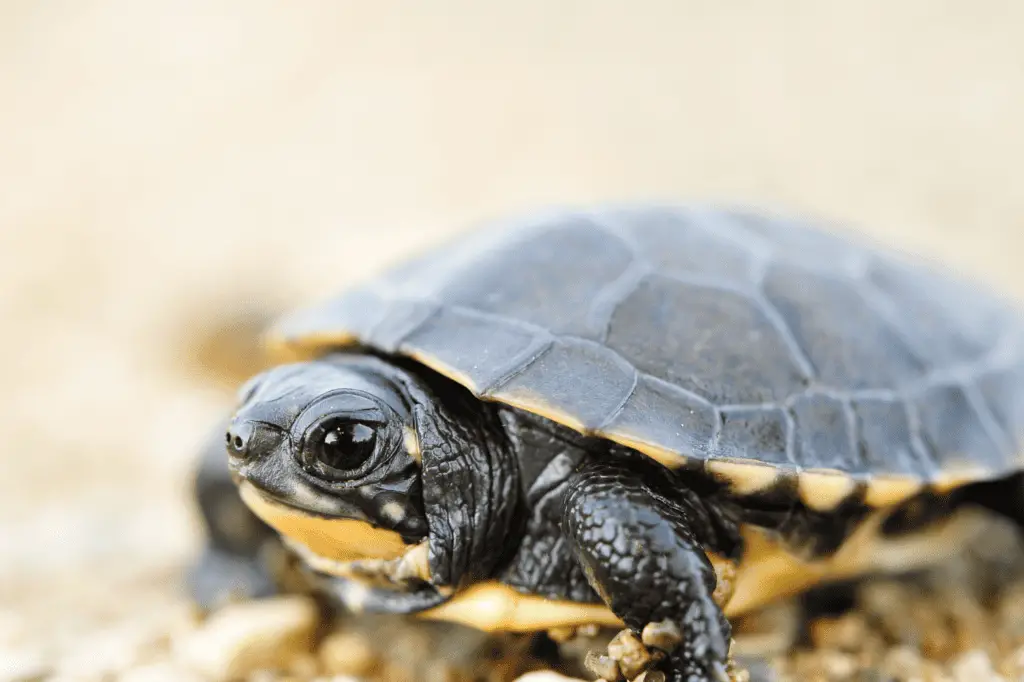
Frequently Asked Questions (FAQ)
Q: Can I completely eliminate the risk of salmonella infection from my pet turtle?
A: While it is impossible to completely eliminate the risk, following proper hygiene practices, safe handling guidelines, and regular cleaning and maintenance of your turtle’s habitat can significantly reduce the chances of contracting salmonella.
Q: Can I use a turtle sanitizer to protect myself from salmonella?
A: No sanitizer can guarantee complete protection from salmonella. The best prevention method is thorough hand washing with soap and water after handling turtles or their habitats.
Q: Can turtles be vaccinated against salmonella?
A: Currently, there is no vaccine available for turtles to prevent salmonella carriage or shedding. Practicing good hygiene and proper care are the best ways to minimize the risk of infection.
Q: If my turtle appears healthy, does that mean it is not carrying salmonella?
A: Turtles can carry salmonella bacteria without showing any signs of illness. It is essential to always follow proper hygiene practices when handling turtles or their environment, regardless of the turtle’s apparent health.
Q: How long does salmonella bacteria survive in the environment?
A: Salmonella bacteria can survive for several weeks or even months in water or on surfaces, depending on the specific conditions. Regular cleaning and disinfection of your turtle’s habitat and accessories are crucial to reduce the risk of infection.
Q: Can other reptiles also carry salmonella?
A: Yes, other reptiles, such as snakes and lizards, can also carry salmonella bacteria. The same principles of proper hygiene, safe handling, and regular cleaning apply to all reptile pets to minimize the risk of infection.
